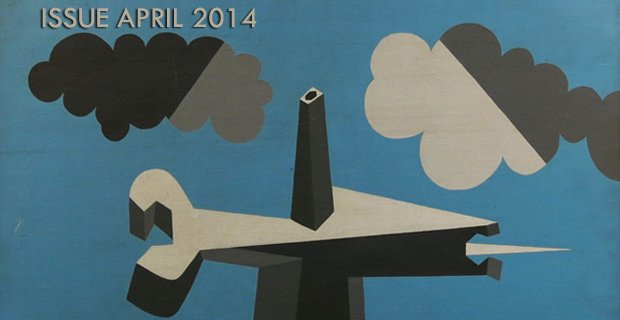
My grandparents’ home was not the center of the world for every child on the planet, neither was Nowruz the New Year celebration and Sizdah Be-dar* the closing ceremony of the holiday season for everyone. I, unconsciously, began to realize the former when I first experienced a social life as a child attending kindergarten. As for the latter, I only began to understand it, more consciously, as an immigrant leaving her country behind in her thirties. I gradually started to lose the accustomed status that I used to have among my family and society and become marginal in the new culture.
However, there is a huge difference between a child and an adult immigrant. A child begins to observe and perceive her surrounding with an unoccupied, brand-new memory, which is fresh and ready to absorb and accept it without any resistance, and that turn it into a foundation that holds her system of thought. Unlike a child, an adult immigrant does have an occupied, used memory, which interferes with the process of observation and perception, causing resistance. Thus, I found myself confused and, sometimes, resistant to substitute new concepts with the old ones that I had in mind such as centigrade with Fahrenheit, centimeter with inch, kilogram with pound, and above all following the Gregorian calendar with its national and traditional holidays instead of the Persian one I had been following all my life.
During the first year abroad, I was confused about which New Year to celebrate. I did not know the New Year traditions of the Gregorian calendar for I had never celebrated and longed for them before. I also did not feel like celebrating the Iranian New Year for it seemed very isolating to celebrate it where the society was unfamiliar with the tradition, did not follow the Persian calendar, and did not start the New Year with the arrival of spring. Being uncomfortable with the concept of celebrating the New Year, It was as if I was waiting for a verdict to affirm why, what, and when to celebrate. However, a desire inside me longed to celebrate and be joyous around the euphoria of the New Year. Ultimately, I had to learn to change the concept of celebration. I realized that maybe I need to celebrate something not necessarily for the thing itself but for the ecstatic force of collectivity that it generates. Now, every December I find pleasure not in celebrating the re-birth of a calendar but in celebrating collectivity. Just a few months later, towards the end of March, there is another New Year to celebrate with the arrival of spring. After all, it might be wise to celebrate twice, to get renewed more than once, instead of losing the habit of celebration.
Now it is Sizdah Be-dar in Iran. In the spirit of joy, we the Parsagoners wish that you celebrate it in some way and hope you enjoy our April issue of the Parsagon Review with a profile on Mohammad-Taghi Kahnamouee, an introduction of the Parvin Etesami Award, a review on Shafiei Kadkani’s With Mirror and Lamp, two top 7 x7 lists, and an article on Ashurbanipal Babilla’s paintings.
Enjoy April, enjoy The Parsagon Review!
Leili Adibfar Associate Editor* Sizdah Be-dar is the name of a festival in Persian culture. Sizdah means thirteen and Be-dar means going out. It is the Thirteenth day of Farvardin (the first month of The Persian calendar), and the last day of the New Year festivities. On this day, as a national tradition, Iranians joyfully spend the day outdoors and have fun with their families and friends all day long before getting back to their normal lives.
Image: Detail of a painting by Ashurbanipal Babilla


Leave a Reply